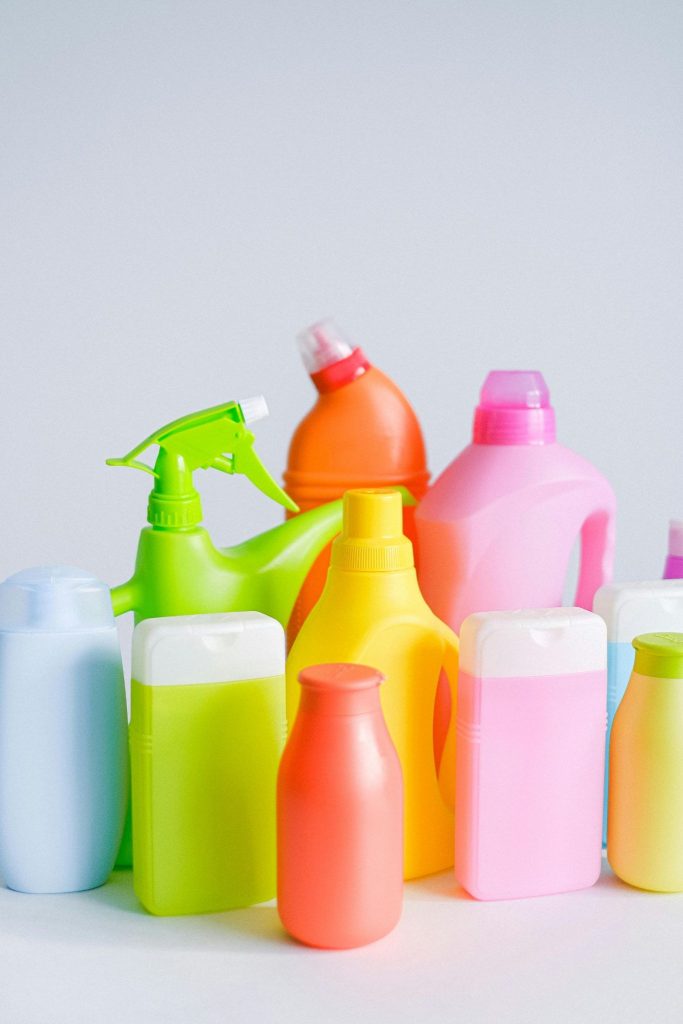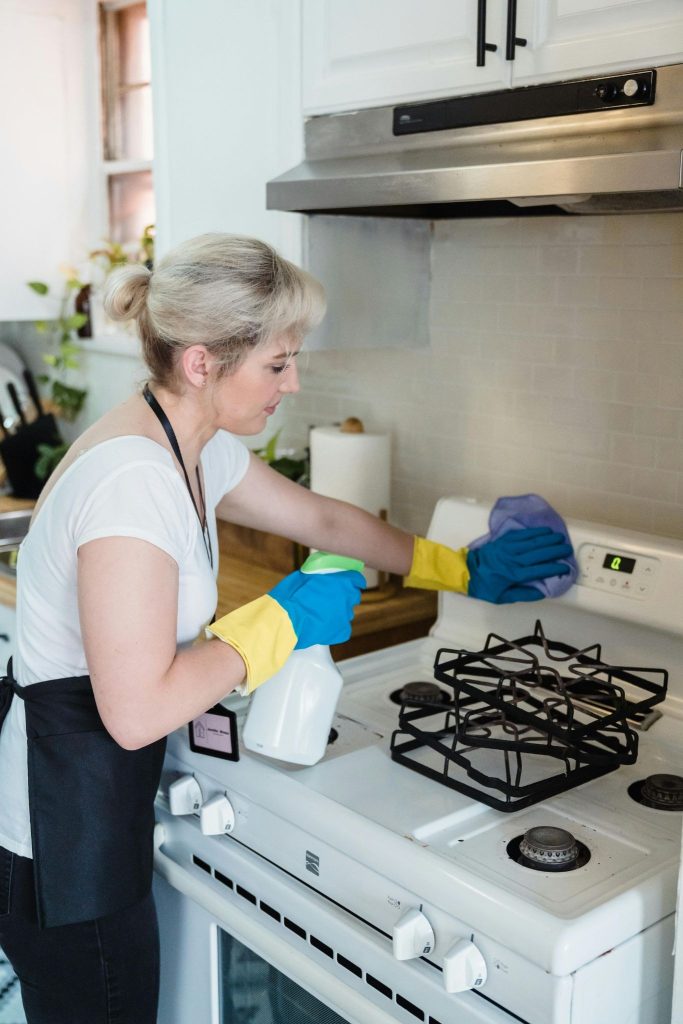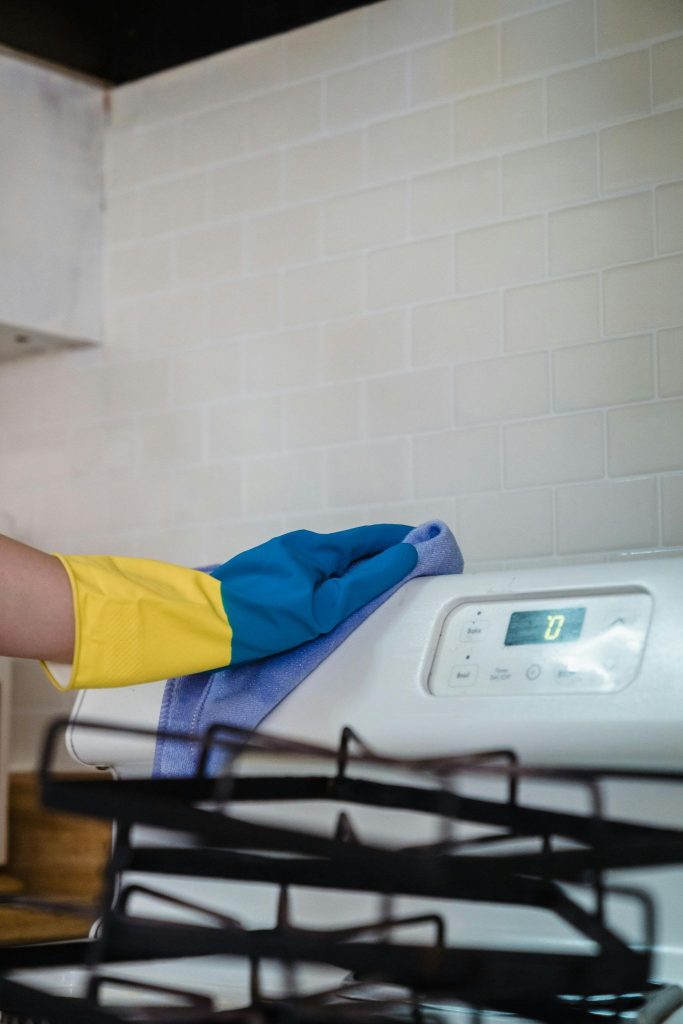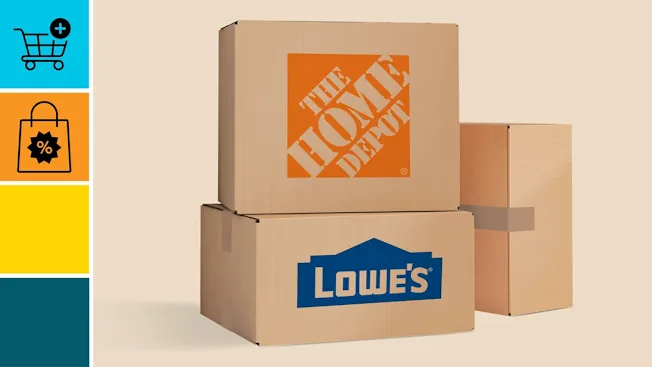
A clean stove top is the heart of a tidy kitchen — but it’s also one of the hardest areas to keep spotless. Whether you have a gas stove, glass cooktop, or ceramic range, grease, grime, and burnt-on food can quickly accumulate. The right cleaner not only restores shine but also protects your surface from scratches and corrosion.
This detailed guide covers the best stove top cleaners, how to pick the right one for your surface type, pros and cons of each category, a comparison table, and expert cleaning tips for lasting results.
Why Choosing the Right Stove Top Cleaner Matters

Not all stove tops are created equal. A cleaner that works great on stainless steel can damage a glass surface, and abrasive products can dull ceramic finishes. Using the right cleaner for your stove type helps:
- Maintain surface shine and smoothness
- Prevent scratches, corrosion, and discoloration
- Remove baked-on food and stubborn grease effectively
- Reduce long-term buildup, making future cleaning easier
- Extend the lifespan of your appliance
In short — using the correct cleaner saves time, effort, and money while keeping your kitchen looking its best.
Types of Stove Tops and Their Cleaning Needs
| Stove Top Type | Typical Material | Cleaning Challenges | Recommended Cleaner Type |
| Gas Stove | Stainless steel or enamel | Grease buildup, burner grates, food spills | Degreaser spray, multi-surface kitchen cleaner |
| Glass Stove Top | Tempered glass or ceramic glass | Burnt-on residue, streaks, scratches | Glass/ceramic cooktop cleaner or cream |
| Ceramic Stove Top | Ceramic glass composite | Delicate surface, baked-on stains | Non-abrasive ceramic stove top cleaner |
| Induction Stove | Smooth ceramic glass | Grease film, water spots | Dedicated glass cooktop cleaner |
| Coil-Top Stove | Porcelain enamel or metal | Grease under coils, rust spots | Multi-surface cleaner, baking soda paste |
How to Choose the Best Stove Top Cleaner

Before you grab a bottle from the store, consider these key factors:
- Surface Compatibility: Always confirm the cleaner matches your stove’s material (glass, ceramic, stainless steel, or enamel).
- Abrasiveness Level: Choose non-abrasive or micro-abrasive cleaners for smooth surfaces.
- Cleaning Power: Strong degreasers are great for gas stoves; cream-based cleaners excel on glass tops.
- Ease of Use: Sprays are convenient for daily use; pastes and creams are better for deep cleaning.
- Residue-Free Finish: Look for products that don’t leave streaks or oily films.
- Scent & Safety: Low-odor, non-toxic, and eco-friendly options are better for indoor air quality.
- Added Tools: Some come with scrapers or microfiber pads to simplify tough jobs.
Comparison Table – Best Stove Top Cleaner Types
| Cleaner Type | Best For | How It Works | Pros | Cons |
| Glass/Ceramic Cooktop Cream Cleaner | Glass, ceramic, induction | Cream or gel that lifts residue and polishes surface | Non-abrasive, leaves shiny finish, safe for delicate surfaces | Requires buffing; not ideal for heavy grease |
| Heavy-Duty Degreaser Spray | Gas stoves, stainless steel | Dissolves grease and oil instantly | Fast-acting, easy to use | Can be harsh on glass or enamel surfaces |
| Multi-Surface Kitchen Cleaner | All stove types | Spray-and-wipe cleaner for light messes | Convenient for daily use | May not remove burnt-on residue |
| Cleaning Kit (Scraper + Pad + Cleaner) | Glass & ceramic cooktops | Includes tools for deep cleaning | Excellent for tough stains | More time and effort required |
| DIY Baking Soda + Vinegar Paste | Any surface (budget option) | Gentle natural cleaning and deodorizing | Eco-friendly, low cost | Labor-intensive; not as strong as commercial cleaners |
Pros and Cons of Different Stove Top Cleaners
1. Glass/Ceramic Cooktop Cleaner
Pros:
- Designed for delicate surfaces
- Restores shine and removes minor stains
- Safe for daily maintenance
- Leaves protective polish layer
Cons:
- Requires time to buff and wipe clean
- Not effective for heavy grease or burnt-on food
- Slightly higher cost
2. Heavy-Duty Degreaser Spray
Pros:
- Quickly cuts through thick grease and grime
- Works on metal, grates, and drip pans
- Great for gas and stainless steel tops
Cons:
- Not safe for glass or ceramic surfaces
- Some products have strong chemical odors
- May require gloves or ventilation
3. Multi-Surface Kitchen Cleaner
Pros:
- Ideal for quick wipe-downs
- Leaves pleasant scent and shine
- Safe for most materials (check label)
Cons:
- Can leave streaks or films on smooth tops
- Ineffective on old, burnt residue
- Requires frequent use
4. Complete Cleaning Kit (Scraper + Cleaner + Pad)
Pros:
- All tools included for heavy cleaning
- Great for removing burnt spills and stubborn spots
- Economical bundle for glass or ceramic cooktops
Cons:
- Takes time to use properly
- Scraper misuse can scratch surface
- Requires careful technique
5. DIY Baking Soda & Vinegar Paste
Pros:
- Cheap and chemical-free
- Gentle on most surfaces
- Deodorizes while cleaning
Cons:
- Not effective for deep-set stains
- Requires more scrubbing
- Time-consuming to apply and rinse
How to Clean Different Stove Tops (Step-by-Step)
Gas Stove Top
- Remove burner grates and caps.
- Soak them in warm, soapy water or degreaser.
- Spray cleaner on the surface, wait 5–10 minutes.
- Scrub with a soft sponge, rinse, and dry.
- Wipe grates dry before reassembling.
Tip: Use a toothbrush for crevices around burners.
Glass or Ceramic Stove Top
- Let the surface cool completely.
- Remove loose debris or crumbs.
- Apply glass cooktop cream; let it sit for 1–2 minutes.
- Use microfiber cloth or pad to buff gently.
- Wipe residue and polish dry with a clean cloth.
Tip: For stubborn stains, use a razor-style scraper at a 45° angle.
Stainless Steel Stove Top
- Wipe down with a damp cloth first.
- Spray degreaser and let sit briefly.
- Wipe in the direction of the steel grain with a soft cloth.
- Buff with a dry towel to prevent water marks.
Tip: Avoid bleach-based cleaners that can corrode stainless steel.
Advanced Cleaning Tips
- Clean spills as soon as possible (after the surface cools) to prevent hard residue.
- Avoid steel wool or abrasive pads—they cause micro-scratches.
- Use microfiber cloths for polishing and streak-free shine.
- For tough grease, use steam or warm, damp towels before applying cleaner.
- Clean the stove weekly for heavy cooking households, bi-weekly for lighter use.
Comparison Table – Recommended Cleaner Type by Stove
| Stove Type | Recommended Cleaner | Cleaning Frequency | Special Tip |
| Gas | Heavy-Duty Degreaser | Weekly | Soak grates for best results |
| Glass | Glass Cooktop Cream | Every 2–3 days | Use scraper for burnt spots |
| Ceramic | Ceramic Cooktop Polish | Weekly | Buff gently for shine |
| Stainless Steel | Degreaser or Multi-Surface Spray | As needed | Wipe in direction of grain |
| Induction | Glass Cooktop Cleaner | Weekly | Avoid acidic solutions |
Safety Precautions
- Always clean when the surface is cool to the touch.
- Ventilate your kitchen when using chemical cleaners.
- Wear gloves if the cleaner contains strong degreasing agents.
- Rinse thoroughly to remove residue that could smoke or burn next use.
Frequently Asked Questions (FAQ)
Q1: Can I use a regular kitchen cleaner on a glass stove top?
A: You can for light cleaning, but dedicated glass cooktop cleaners are better—they’re non-abrasive and won’t leave streaks or dullness.
Q2: What is the best cleaner for burnt-on food?
A: Use a cleaning kit with a scraper and a cream cleaner specifically for glass or ceramic cooktops. For gas stoves, a heavy-duty degreaser works best.
Q3: How often should I clean my stove top?
A: Wipe daily after cooking to prevent buildup. Do a deep clean once per week for best results.
Q4: Can baking soda scratch glass stove tops?
A: No, baking soda is mildly abrasive but safe for glass if used gently with a soft cloth or sponge.
Q5: How do I keep my stove top shiny?
A: Regularly buff with microfiber after cleaning, use non-abrasive polish or cleaner, and avoid dragging pots and pans across the surface.
Q6: Are eco-friendly stove cleaners effective?
A: Yes—many plant-based and enzyme cleaners remove grease well without harsh chemicals, though they may need more soak time.
Q7: What should I avoid using on any stove top?
A: Avoid steel wool, oven cleaner, bleach, ammonia, and harsh scouring powders. They can scratch or corrode your stove surface.
Final Thoughts
The best stove top cleaner depends on your surface and cleaning habits.
- For glass or ceramic cooktops, go with a dedicated cream cleaner or kit.
- For gas stoves, a strong degreaser is your best ally.
- For stainless steel, choose a non-abrasive, streak-free cleaner.
- And for those who prefer natural cleaning, baking soda and vinegar can handle light messes affordably.
Regular maintenance keeps your stove shining and functioning beautifully for years. With the right cleaner and technique, you can turn one of your kitchen’s toughest jobs into a quick, rewarding routine.

